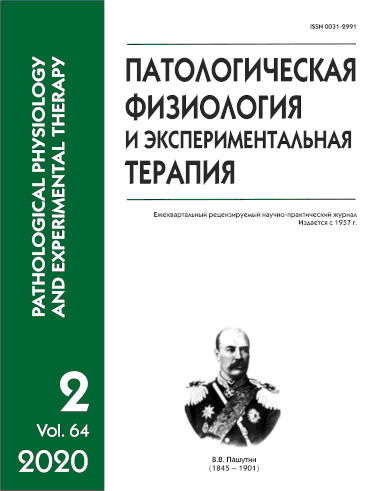Measuring changes in serum, hair and urinary levels of cobalt, copper, manganese, and iron in obesity and hypertention using the ICP-MS technique
Abstract
Background. Disorders of the metal-ligand homeostasis are pathogenetically associated with obesity. Although impaired iron metabolism in obesity is relatively well studied information about other essential metals is insufficient. Objective. The objective of the study was to assess serum, urine, and hair levels of cobalt, iron, copper, and manganese in obese subjects in relation to the presence of hypertension. Methods. 396 adults with obesity (n = 196) and normal weight (n = 199) were examined. Based on clinical records of the patients with obesity, 43% of them had arterial hypertension, 9% had atherosclerosis, and 11% had impaired glucose tolerance and/or type 2 diabetes mellitus. Measurements of hair, serum, and urinary levels of cobalt (Co), iron (Fe), copper (Cu) and manganese (Mn) were performed using a NexIOD 300D inductively-coupled plasma mass-spectrometer (PerkinElmer Inc., USA) equipped with an ESI SC-2 DX4 autosampler (Elemental Scientific Inc., USA). The ICP-DRC-MS system was calibrated with metal solutions prepared with a Universal Data Acquisition Standards Kit (PerkinElmer Inc., USA). Pure Single-Element Standard yttrium and rhodium solutions (10 mg/l) (PerkinElmer Inc., USA) were used as internal standards. Reference samples of hair (GBW09101, SINR, China), serum, and urine (ClinChek Plasma/Urine Control, Recipe, Germany) were used for quality control. Results. Serum levels of Co and Fe were statistically significantly 32% and 12%, respectively, lower in obese patients than in normal-weight controls. Serum concentrations of Cu and Mn in obese patients exceeded the control values by 12% and 4%, respectively. Hair contents of Co, Cu, and Mn in obese subjects were 16%, 8%, and 20%, respectively, lower as compared to the respective control values. Hair Fe in obesity was 55% elevated compared to normal-weight values. Urinary Co and Fe in obese subjects were 34% lower and 25% higher, respectively, than in healthy controls. At the same time, patients with obesity and hypertension had elevated serum Cu, urinary Co, and hair Mn compared to obese normotensive subjects. Conclusion. The impaired metal homeostasis may contribute to the development of obesity-associated disorders including hypertension.






